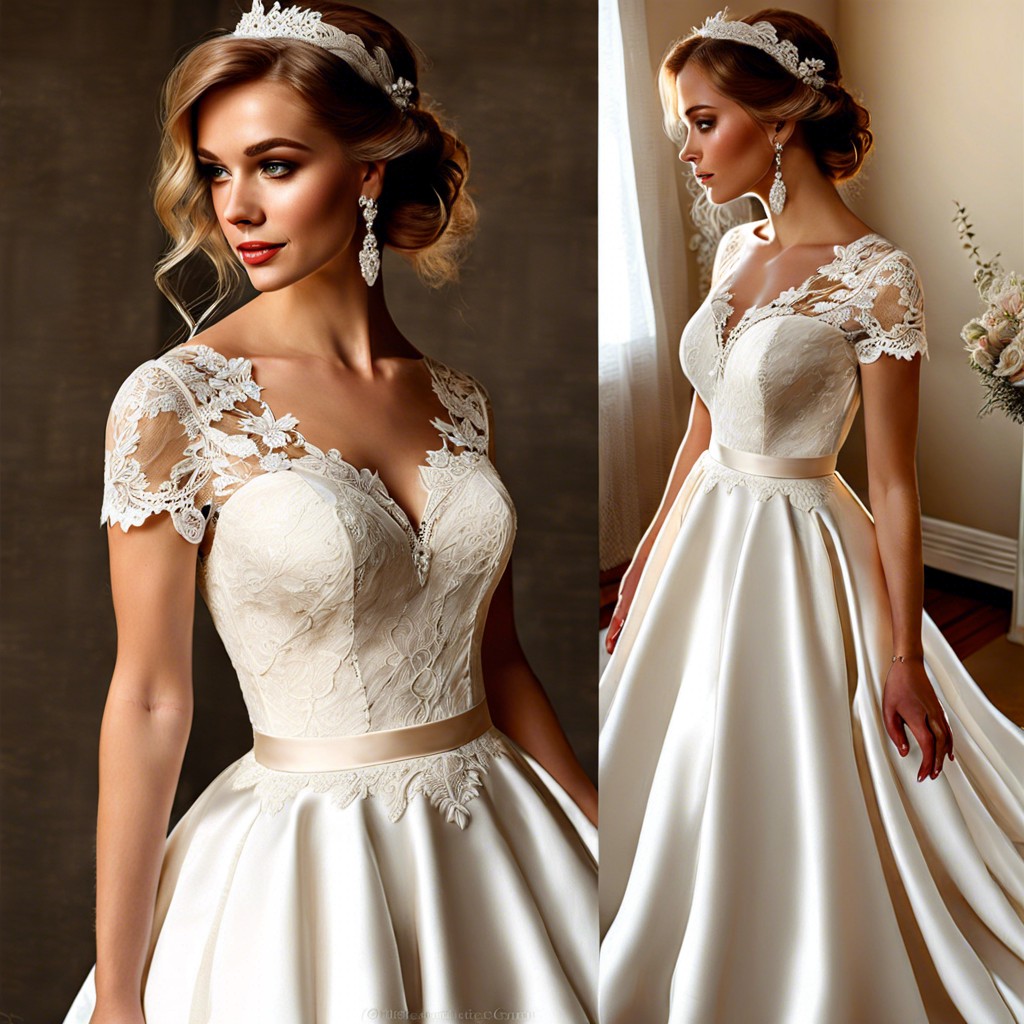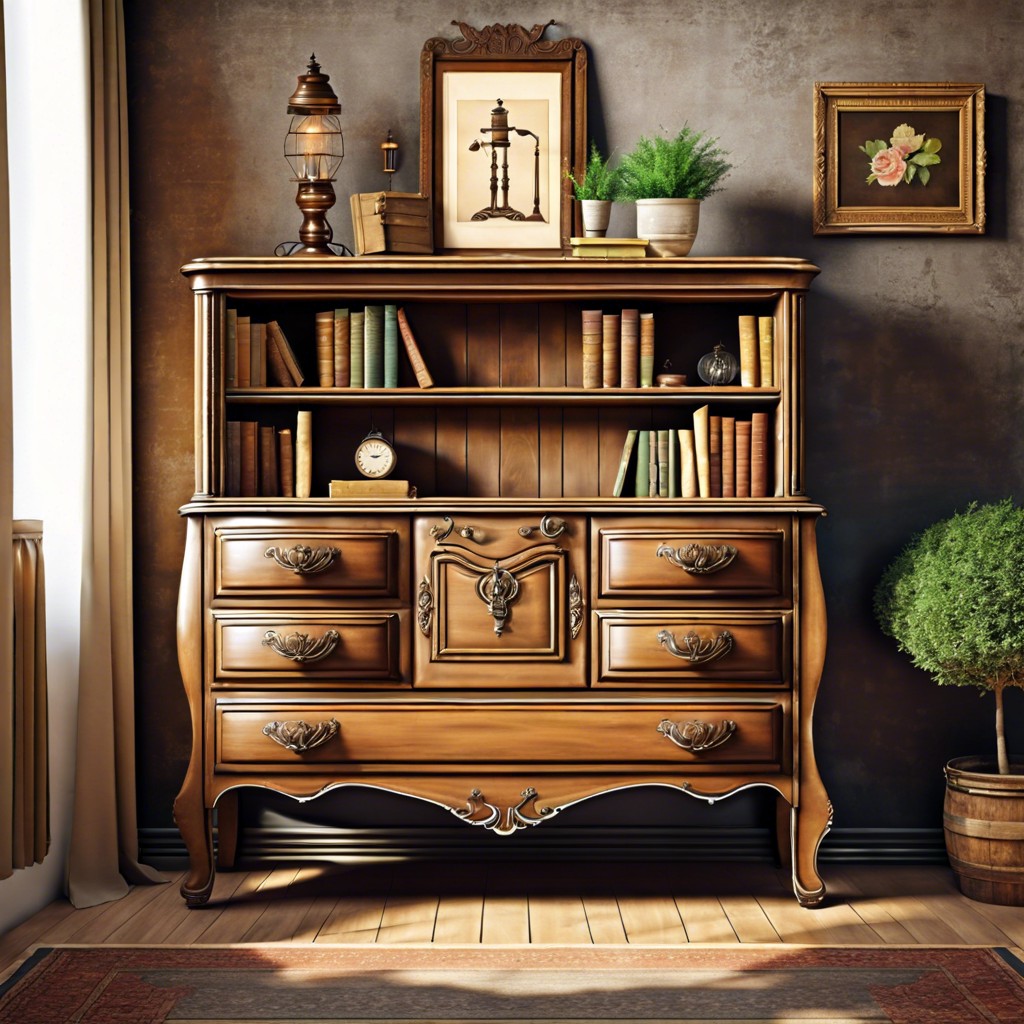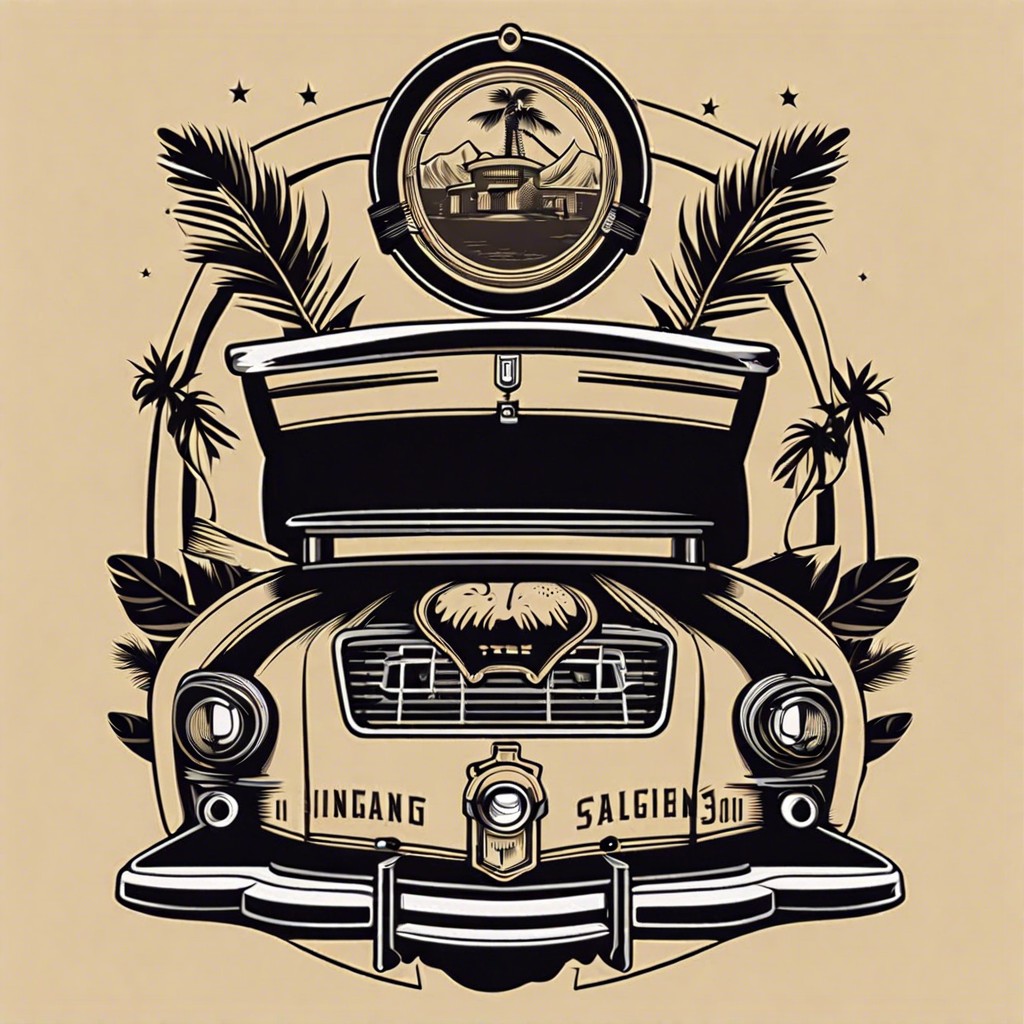Last updated on
Discover the history and value considerations of vintage frames, and how to identify authentic pieces for your collection.
Key takeaways:
- Historical significance: Vintage frames reflect different artistic and cultural periods.
- Identifying authenticity: Examine materials, marks, design, wear, and provenance.
- Design elements: Baroque, Rococo, Victorian, Art Nouveau, and Art Deco styles.
- Value in modern fashion: Craftsmanship, unique aesthetic, and historical connection.
- Where to find: Antique shops, online marketplaces, estate sales, collectors’ fairs.
Historical Significance of Vintage Frames
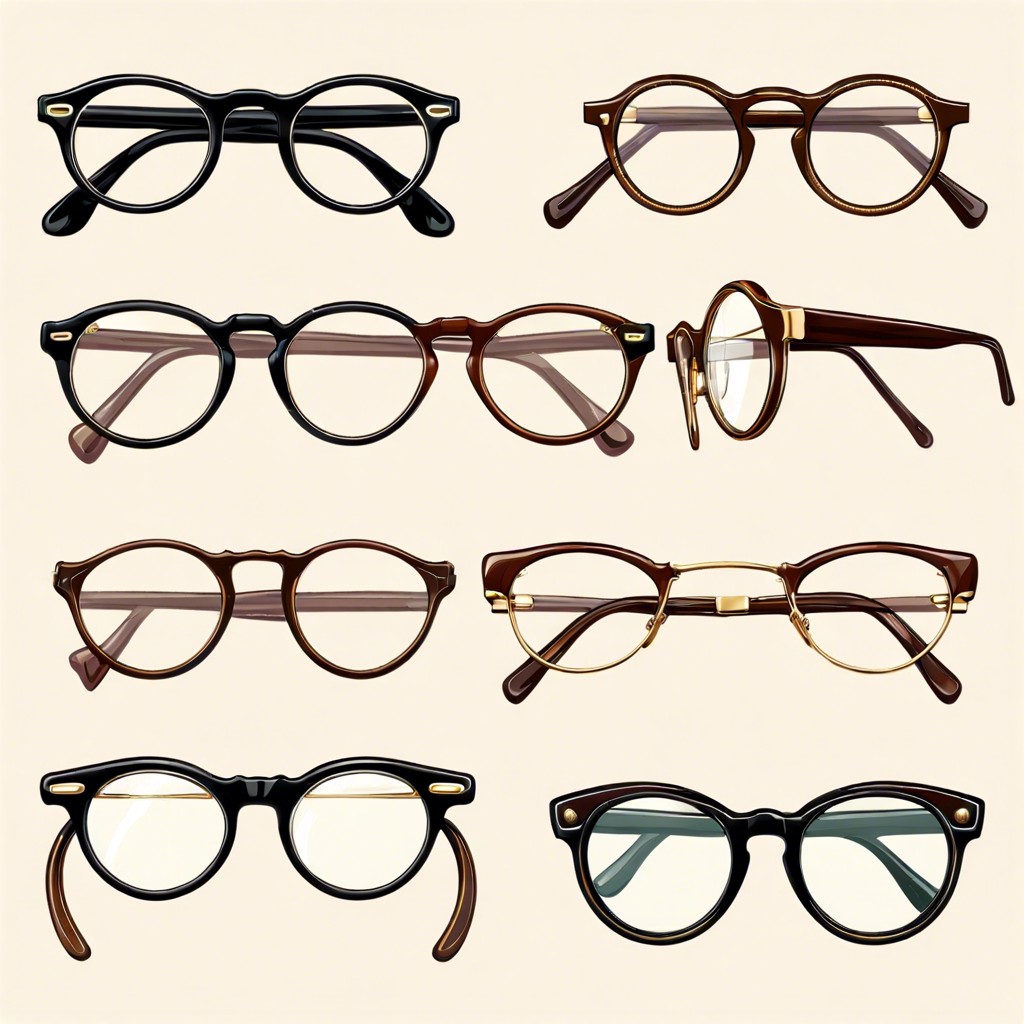
Vintage frames are tangible links to different artistic and cultural periods, each reflecting the aesthetic and technological advancements of their time. From the ornate designs of the Baroque era to the minimalist styles of the mid-20th century, these frames offer insights into the past.
During the Renaissance, frames served as status symbols for the elite. The intricate gold leaf and detailed woodwork of the time exemplified skilled craftsmanship and affluent taste. As the centuries progressed, frame styles evolved with art movements, showcasing the Rococo’s playful curves and the Victorian era’s elaborate ornamentation.
The Industrial Revolution brought about mass production, democratizing frame ownership. Metal and molded composites joined wood as common materials. With the advent of photography in the 19th century, frames became household items, preserving personal history.
The 20th century’s Art Nouveau and Art Deco movements saw frames with sleek lines and geometric patterns, mirroring broader design trends of the times. Post-war, a shift towards simplicity and functionality marked the mid-century modern frames, emphasizing form and material over decoration.
In each vintage frame, there’s a story of historical trends, social contexts, and the evolution of taste. Collectors and enthusiasts cherish these pieces not only for their beauty but their ability to capture the essence of bygone days.
Identifying Authentic Vintage Frames

Carefully examine materials and craftsmanship. Genuine vintage frames are typically made with higher quality materials and exhibit meticulous attention to detail. Look for signs of handcrafting, such as irregularities in the molding or carving.
Check for manufacturer marks and signatures. Many frames will have a maker’s mark, signature, or stamp that can be used to verify their authenticity and date of manufacture.
Research period-specific design traits. Certain styles and motifs are indicative of particular time periods. For example, Art Nouveau frames from the early 20th century often feature flowing lines and organic motifs, while Art Deco frames from the 1920s and 1930s are known for geometric shapes and streamlined designs.
Evaluate the patina and wear. Authentic vintage frames often have a natural patina that develops over time. Look for consistent wear patterns and oxidation that would logically align with the frame’s age.
Use provenance when available. A documented history of the frame can provide invaluable insight into its origins and authenticity.
Consult with experts if unsure. When in doubt, seeking the opinion of a professional antiques appraiser or a knowledgeable dealer in vintage frames can provide reassurance of an item’s authenticity.
Design Elements Characteristic of Vintage Frames

Attention to the intricate details of vintage frames often reveals the era of their creation. Carvings and moldings are tell-tale signs, with Baroque frames often featuring ornate, lavish designs indicative of wealth and status from the period. Rococo frames typically display lighter, more whimsical motifs, with asymmetrical designs and pastel tones.
Victorian frames, on the other hand, might showcase darker woods and Gothic elements, reflecting the era’s aesthetic preferences. The Art Nouveau movement brought about a shift towards sinuous lines and natural forms such as flowers and leaves in frame design. Conversely, Art Deco frames introduced geometrical shapes and bold, streamlined forms embodying the industrial age.
Materials also play a crucial role; earlier frames favored gilded wood, while later periods saw the introduction of metals and synthetic materials. Patina on vintage frames is not only a sign of age but also authenticity; a consistent age-related wear pattern is a good indicator of genuineness.
Understanding these design elements is essential for appreciating the historical and artistic context from which these frames originate.
The Value of Vintage Frames in Modern Fashion

Vintage frames, once a symbol of a bygone era, have emerged as a modern fashion staple. Integrating old-world charm, they provide an eclectic edge to contemporary styles. Their rise in popularity is partially credited to a growing appetite for sustainable and ethical fashion choices.
These frames are revered for their craftsmanship. Artisans of the past often used techniques that have been lost or replaced in modern manufacturing. This attention to detail offers a level of intricacy rarely found in contemporary eyewear. The materials, often more robust and genuine, such as real tortoiseshell or hand-carved wood, also set them apart.
A unique aesthetic is another contribution to their value. Vintage frames offer an array of designs that stand out against the uniformity of modern mass production. From art deco motifs to mid-century sleek lines, they possess an individuality that appeals to those seeking a distinctive look.
Celebrities and fashion influencers frequently incorporate vintage frame styles into their outfits, adding to their allure. This visibility has cemented their status as fashion accessories that can complement any wardrobe, transcending trends and seasons.
Furthermore, vintage frames carry stories, each pair holding a piece of history. For some, this connection to the past enriches the wearing experience, bridging a link between the eras, and bestowing a sense of continuation and timelessness.
Collectors and fashion aficionados alike recognize that vintage frames are more than retro eyewear – they are wearable art imbued with history, rarity, and a personal touch that elevates any ensemble.
Where to Find Authentic Vintage Frames
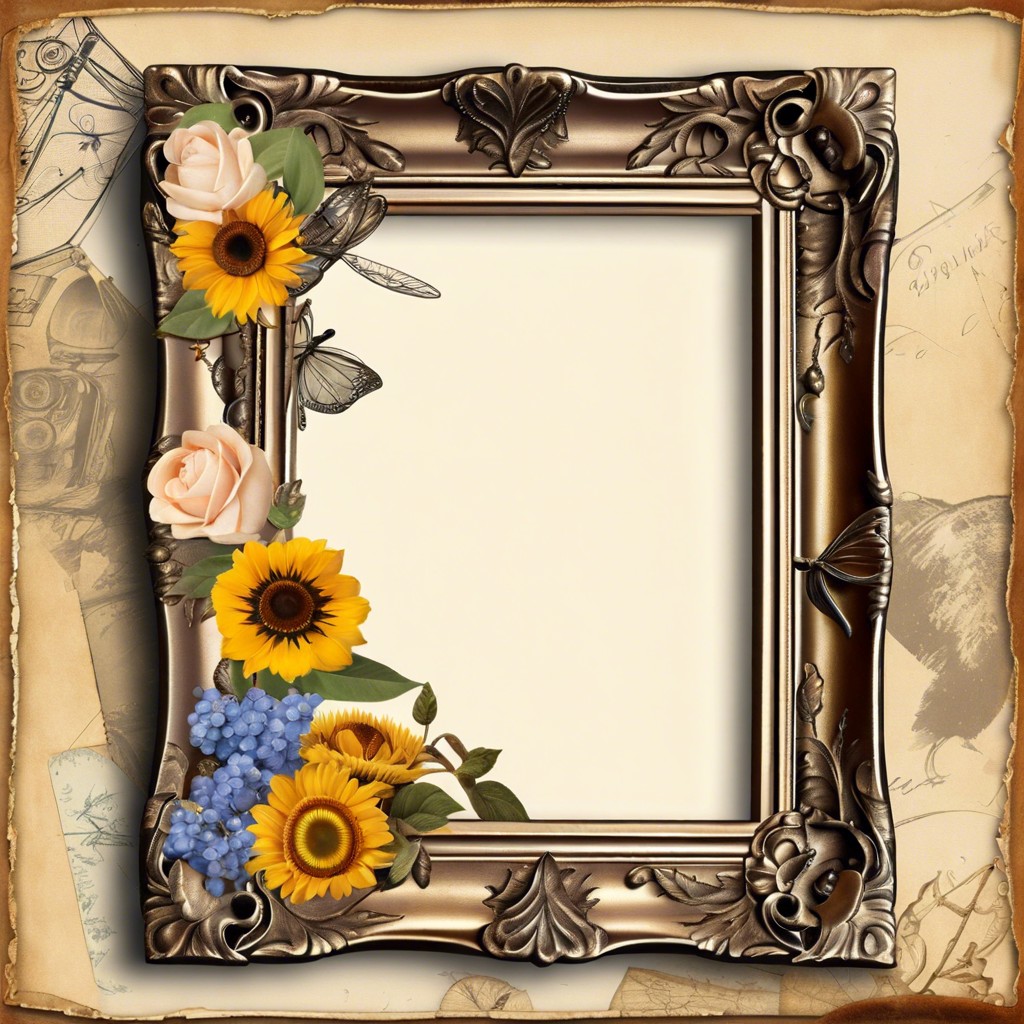
Specialty antique shops often curate a selection of vintage frames, providing a tactile shopping experience where you can inspect items closely. Frequent visits to such stores can yield rare finds as inventory changes regularly.
Online marketplaces such as eBay, Etsy, and Ruby Lane have extensive listings from various sellers, allowing for a wider reach and the ability to compare many options within one platform. Be sure to check sellers’ ratings and reviews to gauge reliability.
Estate sales, flea markets, and auction houses can be excellent sources for discovering unique frames that may not be available elsewhere. Such venues often provide the opportunity to purchase at below-market prices.
Collectors’ fairs and antique shows bring together enthusiasts and experts, creating an environment conducive to finding high-quality vintage frames and gaining valuable insights from knowledgeable vendors.
Consider reaching out to local art societies or history groups which may have members interested in selling or trading vintage frames. Networking with fellow enthusiasts can lead to tips on upcoming sales or unadvertised finds.

